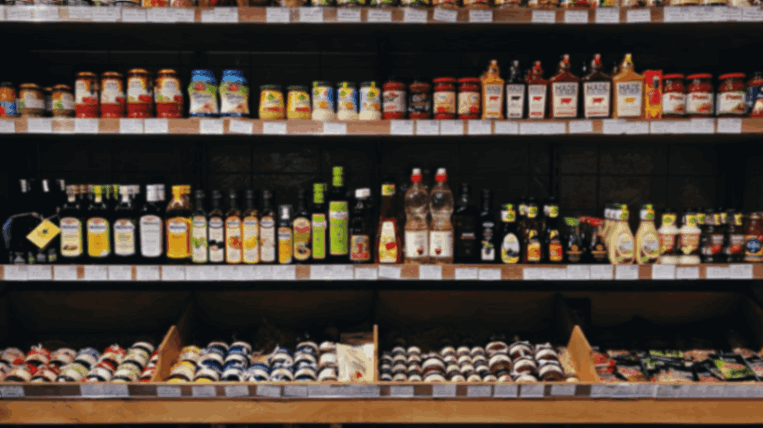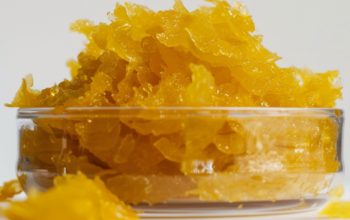Food shelf life is a critical aspect of the food industry, impacting everything from consumer safety to profitability. Understanding the various factors that influence the shelf life of food products is essential for manufacturers, retailers, and consumers alike. Food business consultants and food science consultants play a pivotal role in analyzing these factors and helping businesses optimize their products’ shelf life. This article delves into the key factors that influence food shelf life and the role of food consultants in managing these elements.
Microbial Growth
Microbial growth is one of the primary factors affecting food shelf life. Bacteria, yeasts, and molds can proliferate in food products, leading to spoilage and potential health hazards. The presence and growth rate of these microorganisms depend on several factors:
- Moisture Content: High moisture levels promote microbial growth. Controlling water activity (aw) through drying, salting, or adding preservatives can extend shelf life.
- Temperature: Microorganisms thrive at certain temperatures. Refrigeration slows down microbial activity, while freezing can inhibit growth entirely.
- pH Levels: Acidic or alkaline environments can inhibit or promote microbial growth. Adjusting pH levels through fermentation or acidification can help control spoilage.
Chemical Reactions
Chemical reactions within food products can lead to quality degradation over time. Oxidation, enzymatic browning, and lipid hydrolysis are common chemical processes that affect shelf life.
- Oxidation: Exposure to oxygen can cause fats and oils to become rancid, affecting flavor and nutritional value. Using antioxidants and vacuum packaging can help mitigate oxidation.
- Enzymatic Activity: Enzymes naturally present in foods can cause undesirable changes, such as browning in fruits and vegetables. Blanching and adding enzyme inhibitors can reduce these effects.
- Lipid Hydrolysis: The breakdown of fats into free fatty acids can lead to off-flavors and spoilage. Controlling moisture and temperature can help prevent this process.
Physical Factors
Physical factors, including packaging and storage conditions, significantly impact food shelf life.
- Packaging: Proper packaging protects food from environmental factors such as light, oxygen, and moisture. Innovative packaging technologies, such as modified atmosphere packaging (MAP) and vacuum sealing, can extend shelf life.
- Storage Conditions: Temperature, humidity, and exposure to light all affect food quality. Implementing controlled storage environments can help maintain product freshness.
Intrinsic Properties of the Food
The inherent properties of the food itself also determine its shelf life.
- Nutrient Composition: Foods rich in proteins, fats, and sugars are more prone to spoilage. These nutrients provide an ideal environment for microbial growth and chemical reactions.
- Natural Antimicrobials: Some foods contain natural antimicrobials, such as garlic or onions, which can help extend shelf life.
- Water Activity: Foods with lower water activity, such as dried fruits or cereals, have longer shelf lives compared to high-moisture foods like fresh produce.
Processing Techniques
The methods used to process food can greatly influence its shelf life.
- Pasteurization and Sterilization: Heat treatments kill harmful microorganisms and extend shelf life. Ultra-high-temperature (UHT) processing and canning are common techniques.
- Drying and Dehydration: Removing moisture inhibits microbial growth and extends shelf life. Freeze-drying and spray drying are popular methods.
- Preservatives: Adding chemical preservatives can inhibit microbial growth and prevent spoilage. However, consumer demand for natural and clean-label products is driving the search for alternative preservation methods.
Regulatory and Safety Standards
Compliance with regulatory standards ensures that food products are safe and have accurate shelf life information.
- Labeling Requirements: Regulations mandate accurate labeling of expiry dates and storage instructions. Food business consultants help ensure compliance with these requirements.
- Food Safety Protocols: Implementing good manufacturing practices (GMPs) and Hazard Analysis Critical Control Points (HACCP) systems helps maintain product quality and safety.
Role of Food Consultants
Food business consultants and food science consultants are essential in managing the factors that influence food shelf life. Their expertise helps businesses optimize product quality, safety, and profitability.
- Shelf Life Testing: Consultants conduct comprehensive shelf life studies, including microbiological, chemical, and sensory testing, to determine the optimum shelf life of products.
- Process Optimization: They help refine processing techniques and packaging solutions to extend shelf life while maintaining product quality.
- Regulatory Compliance: Consultants ensure that products meet all regulatory requirements for labeling, safety, and quality.
- Innovation and Research: Food science consultants drive innovation by researching and developing new preservation methods and packaging technologies.
Conclusion
The shelf life of food products is influenced by a myriad of factors, including microbial growth, chemical reactions, physical conditions, intrinsic properties, processing techniques, and regulatory standards. Understanding and managing these factors is crucial for maintaining product quality and safety. Food business consultants and food science consultants play a vital role in helping food businesses navigate these complexities, ensuring their products remain fresh, safe, and appealing to consumers. Through their expertise, they help optimize processes, extend shelf life, and ensure regulatory compliance, ultimately contributing to the success and sustainability of food businesses.



